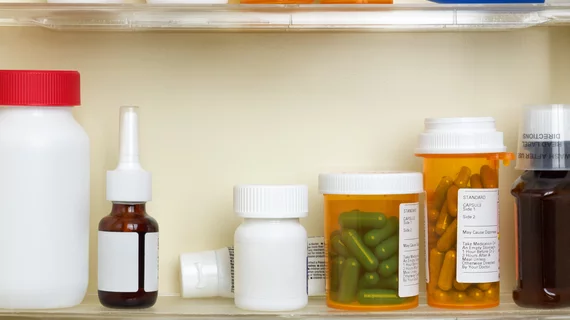AARP: Drug prices vastly outpace inflation rate
Specialty drug prices commonly used by older adults in the U.S. have far outpaced the price increases of other goods and services over the last decade, according to AARP, which has been reporting on prescription drug price trends.
The AARP Public Policy Institute looked at the retail prices of 97 specialty prescription drugs widely used by older Americans, including those that treat cancer, rheumatoid arthritis and multiple sclerosis, for its analysis, which is part of its Rx Price Watch series. These are often among the most expensive drugs on the market, as specialty drugs are used to treat complex and chronic conditions, reaching prices of hundreds of thousands of dollars per year.
The analysis comes at a time when more Americans are using specialty prescription drugs. As more Americans age, the share of those using these medications is also expected to grow in the future, according to AARP. The higher spending on these drugs is not only passed to consumers, but affects Medicare and Medicaid programs and therefore all Americans in the form of higher taxes and impacts to public programs. Medicare Part D spending on specialty drugs has risen from less than $9 billion in 2010 to about $33 billion in 2015, AARP noted.
From 2006 to 2017, retail prices of the 97 specialty drugs increased an average of 7%, well above the 2.1% reported inflation rate during the same time period, according to AARP. In 2017, the average annual retail cost for one of these drugs was $78,781 per year.
Beyond specialty drugs, traditional drugs also saw huge price increases in 2017, jumping 8.4%, while traditional generic drug prices rose 9.3%. Yet the prices of nonspecialty drugs are still substantially lower––specialty prescription drugs were 12% higher than brand name prescription drugs and more than 250 times higher than the annual price of therapy for generic drugs in 2017.
“There are strong indications that specialty drugs will become the largest share, and the majority, of drug expenditures in the next few years,” the report reads. “If recent trends in specialty drug prices and related price increases continue, it will almost undoubtedly become more difficult for patients to access and afford necessary specialty medications.”
However, if retail price changes were limited to the inflation rate between 2006 and 2017, the average annual cost for one specialty medication used on a chronic basis would have been much less in 2017, at $29,843. The gap between the rate of specialty drug price change and general inflation has been big over the last decade, ranging from less than a 2-fold difference to more than an 80-fold difference.
As the use of specialty prescription drugs increases, more of these drugs are being introduced to the market, most of which are brand name drugs and considerably more expensive than generics. The highest increase in price for a specialty drug product was Revatio, which treats pulmonary hypertension. The price jumped 48.1% from 2016 to 2017.
Over a 12-year period from Dec. 31, 2015 to Dec. 31, 2017, 27 of the 97 drugs tracked by AARP saw their average retail price rise 226.4%, compared to a 25.1% increase in general inflation.
See the full report here.

